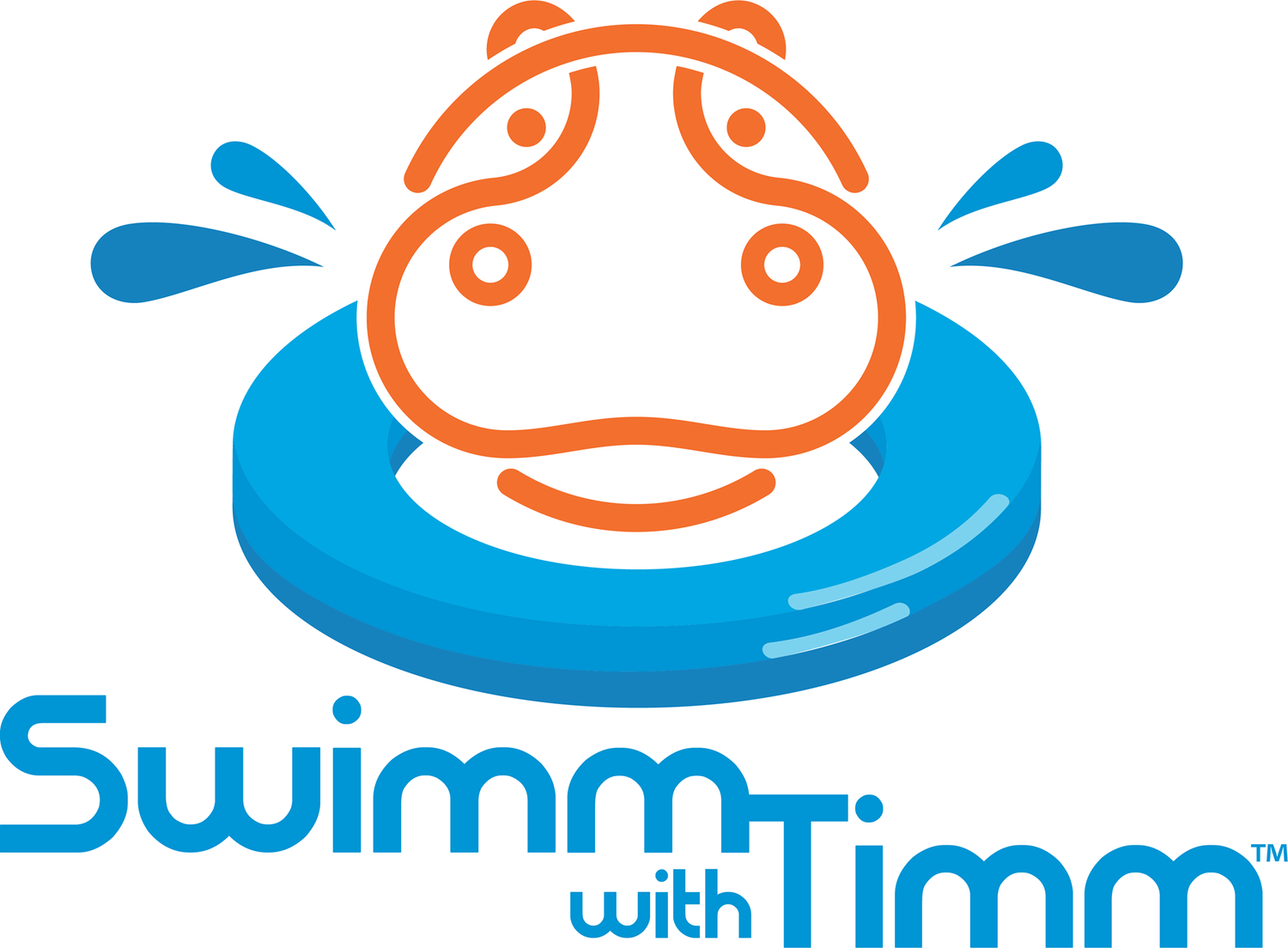When should my child start swimming lessons?
One the the most frequently asked questions that we receive as a swim program is, “when is the right age to start my child in lessons?”. As a former competitive swimmer, and a parent to two young children, my answer has always been that it is never too early to start. Recently, revised recommendations from the American Academy of Pediatrics (AAP) now suggest that starting lesson as early as 12 months of age can significantly reduce the risk of drowning. The Academy also notes that introducing babies to the water as early as 6-9 months old can promote improved balance, coordination, muscle development, and even sleeping patterns. Infant lessons are not only a great way to develop the parent/child bond, but also help create a space where a child can look to the person that they trust most in the world for emotional and behavioral cues. If you are stressed, they will be stressed. When you are calm, they will feel that as well, allowing them to gradually feel more comfortable in their new environment.
According to Harvard Health Publishing, children truly don’t develop the cognitive tools required to learn how to swim until they are around 4 years old. This not only includes the ability to listen and retain information, but also the ability, and self control necessary to follow directions. The publication also notes that lessons starting before the age of 4 can be useful, specifically when incorporating water safety techniques such as getting to the side, and getting themselves out of the pool. When a child is introduced to the water as an infant, they have already begun the process of working through the fears and discomfort that come along with a new environment. As a result, they are more likely to be prepared to learn new skills at a younger age (possibly earlier than 4), compared to students just starting lessons at that age for the first time.
A child will be ready for more advanced lessons (without a parent), between the ages of 3-4 (some earlier). By the end of their time in these lessons, they may not be swimming completely on their own, but should be familiar with swimming on their front and back, and going under water. We like to remind parents that the LESS (recreational) time they spend at a pool, or near water every year, the MORE valuable formal lessons become. Children between the ages of 0-4 are at the highest risk for death by accidental drowning, often due to the lack of barriers in place to prevent unanticipated (unsupervised) access to water. Thankfully, consistent, formal, swimming lessons can reduce that risk by over EIGHTY percent.
Swimm With Timm supports the American Academy of Pediatrics in its recommendation that EVERYONE should learn how to swim. With that being said, it is also never too late to start lessons. Drowning is the cause of over 1,000 deaths in the United States every year, often occurring in just seconds. Swimming is meant to be a family activity, and we strongly believe that it is imperative (for the safety of their children) that parents know how to swim as well. Learning to swim is an essential, LIFESAVING, life skill.
However, even the best young swimmers should never be left unsupervised around water, and should always have the focus and attention of an adult who understands water safety, and an adult who can swim.
